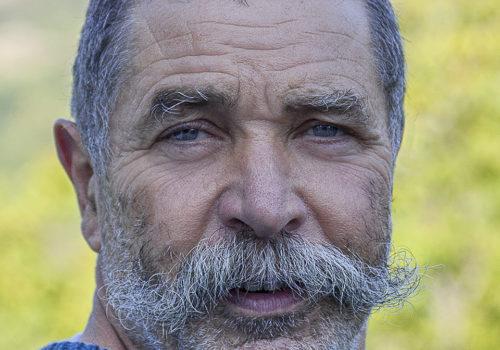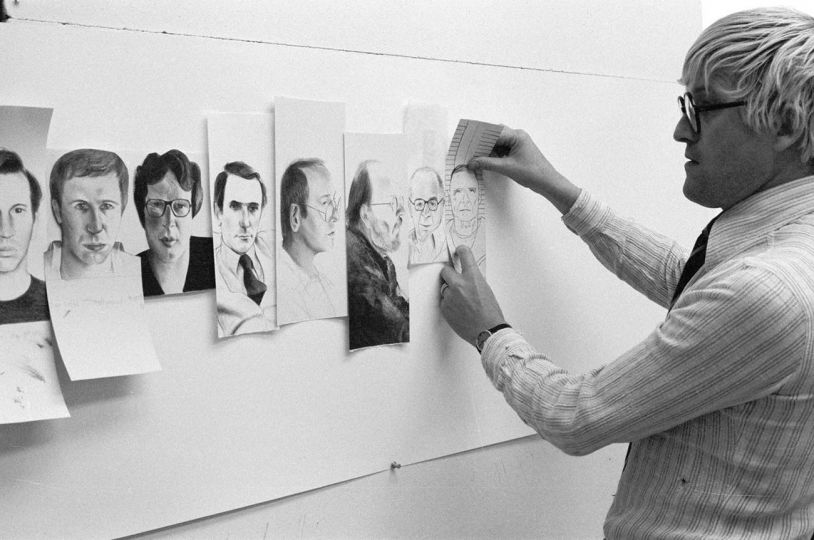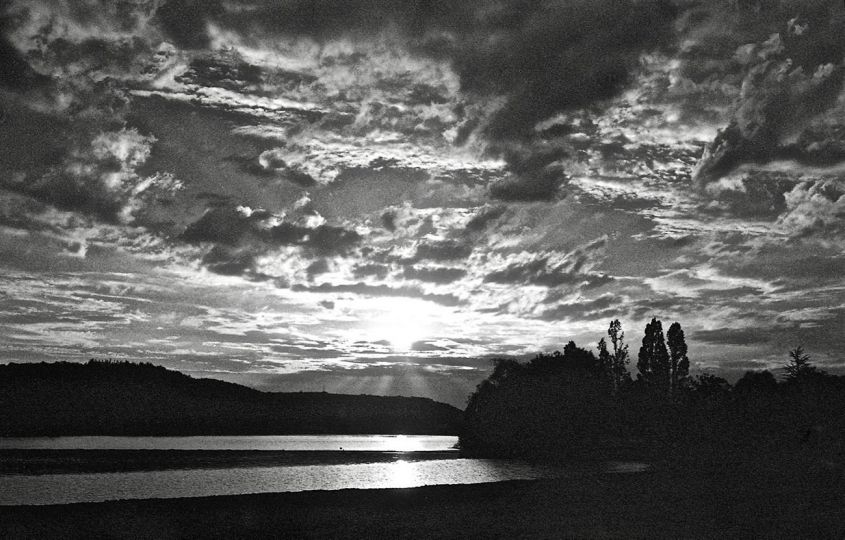Thierry Maindrault’s Monthly Chronicle
More than half a century ago, a very famous French weekly made its reputation on a profession of faith imagined by the unforgettable Roger Thérond. This motto has become commonplace: “the weight of words, the shock of pictures”. In the context of that time, this balance between the words of knowledge, reflection, and imagination was particularly well-balanced by the impact of descriptive, immersive and emotional images. It should be remembered, for all those who did not know them, that in those not so ancient times, quality was paramount. Journalistic pens prided themselves on living up to the prevailing international literary tradition. Of course, the photographers invited by the magazine never ceased to assert, with their shots, their often inimitable talent, even today. Each article published was based on a balance that was as innovative as it was subtle between these two aspects of creation.
How could this success decline so quickly with the evolution of communication? Undoubtedly for a reason as important as it is unavoidable, which is the intellectual weakening of the greatest mass of readers of this magazine. Everyone knows that any proposal, especially in communication, disappears with the disinterest of the recipients. Thus, information and the solicitation of reflection have been abandoned for pre-digested soporific mince. It is the same for images which are quickly dissolved in their own developing tray, at the turn of the millennium, to become the ephemeral digital files of all the geniuses of the “street view” or of psychosexual introspections. We are all, at the same time, mediocre virtual sensors and dumbfounded blotters of this “tremendous” era!
Ernest Hemingway or Françoise Giroud, Dorothea Lange or Robert Capa are relegated to the bottom as digitised antiquities. All this to confirm that this period when words and images moved forward, hand in hand, to sustain the culture of “well-made heads”, seems to me to be completely over.
Beautiful and good images are becoming increasingly rare; despite the almost infinite profusion of authors and their almost endless production. As everyone is convinced of having committed essential artworks. The pressure to exhibit or to edit becomes so strong that the number of opportunists multiplies at high speed. Self-exhibitions and self-publishing flourish wonderfully. Sadly, the term marvel does not apply to all those anorexic works that find themselves tortured in the so-called self-satisfactions of a supreme ego. Incidentally, “sponso-exhibitions” and “sponso-editions” are part of the same invasion.
The indigence of almost all of these productions, in situ or in books, sends the reader of images drowning in misunderstanding. Don’t panic, the lifebuoys are waiting nearby. They are all called: blah blah blah. It is still more practical to all have the same name when you are the result of the famous cloning: copy-paste.
It is not a question of the small poem, which is juxtaposed in counterpoint to a beautiful diaphanous image. No longer a structured and virulent text posed as the culmination of a decadent and distressing photographic shot. Even less a hymn to power juxtaposed with the vigor of a permanently frozen gaze.
Nay! Even surrealism has thrown in the towel! Texts as voluminous as they are insipid, even totally abstruse, settle on the highest steps of the exhibitions, invite themselves on each page of what looks like a catalogue, hymn in the mouths of mediators who have become essential.
Everything is good to hide, to coat all these photographic achievements which by definitions should be enough in themselves. The questions, sometimes very legitimate, will only be the subject of a second stage stored up by the reader. If I tell you the story, the origin and the how, I kill the magic of the dialogue between an artwork and its discoverers.
A lot of reasons explain the emollient, uninteresting, and often low-quality of the texts. A quick overview shows the number of centres of disinterest which are solicited before the discovery of a photographic work.
The author’s biography, pure ego satisfaction, begins by concealing the unmentionable periods of a career, then by framing the poor balance by an angelic number of distinctions (most frequently without any value), by an imposing list of exhibitions and by the announcement of a lot of some personal books.
The inspiration of the author’s creative choices, the essential why at the origin of such brilliant images (from the famous lost cat of the neighbour to the naked self-portrait not assumed by terrible blurs without any interest).
The very detailed fabrication, when not timed operations; sometimes, the speech too meagre is reinforced by a long and unbearable videogram which, itself, has nothing creative about it.
If all these explanations, are insufficient, they are relayed by the subject who appears on the image with the description of his own story which, is obviously not trivial.
The crowning glory now goes to the pseudo-sponsor who invites himself into the story to demonstrate his indispensable role in the production and transformation of a series of photographs into a pure masterpiece of contemporary art, still maybe more.
This mode of explanation – at all costs – has just arrived recently in the Juries, whose members see themselves undergoing very long explanations and strong instructions before discovering the first images (often already all preselected). If there is no reward, and it is a simple selection, the instructions are identical. The vast majority of interviews and other press articles are more thirsty of juicy details of the author’s private life than for the multidimensional value of his creations. It is true that very frequently, the media spotlights are much more interested in a television show presenter, an architect, a novelist, an actor (rarely in a manual worker, some of whom nevertheless conceive excellent photographs), in need of an awesome hobby. If these apprentice photographers (not all of them are bad) had the good taste to photograph their granddaughter in a swimming pool or to bring back four photographs from a small alley at the other end of the world: they are genius. All this blah, blah, blah was not useless since the doors of the great places of public exhibitions or institutional publishers open for them.
As one of our great contemporary photographers has just confided to me: “the old obligatory time in the laboratory (darkroom) to claim trying to print photographs was not so bad! ”
Any image should speak by itself today and tomorrow; otherwise, go figure. Then the history, the study of all the contexts, the analysis of the making, it is another Story which has strictly nothing to do with the creation and the realisation of a photograph.
Thierry Maindrault
February 10, 2023
your comments about this chronicle and its photography are always welcome at [email protected]
















